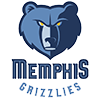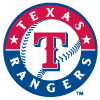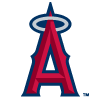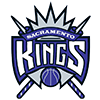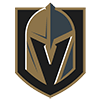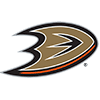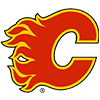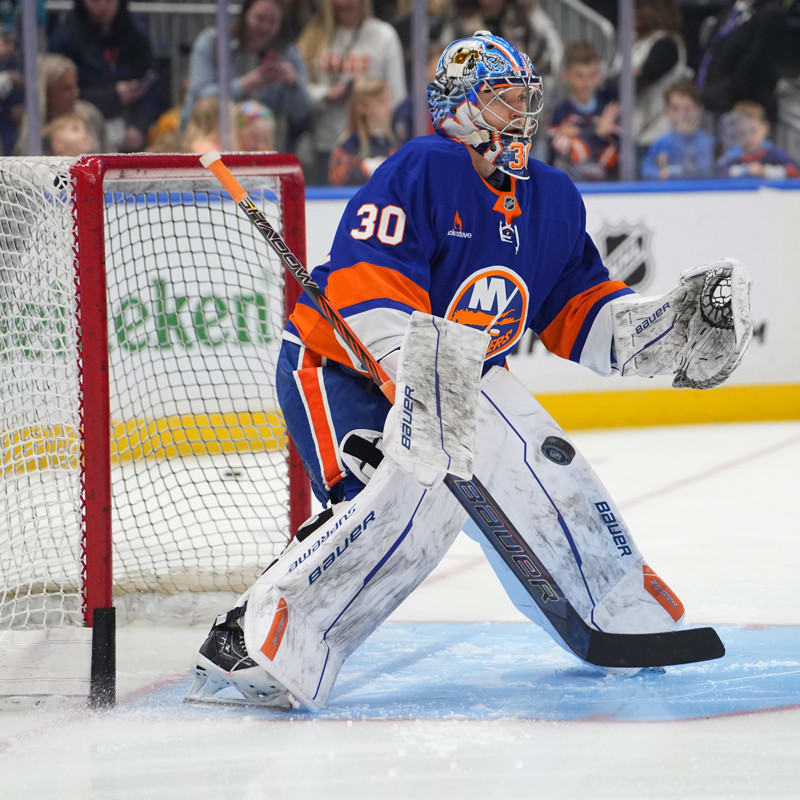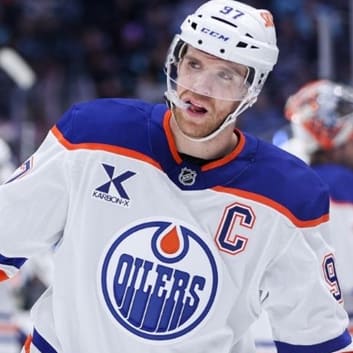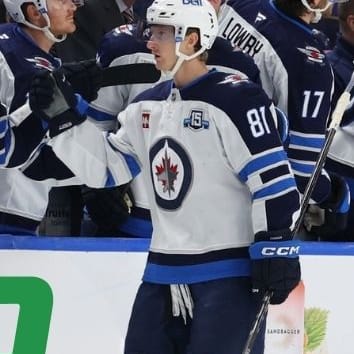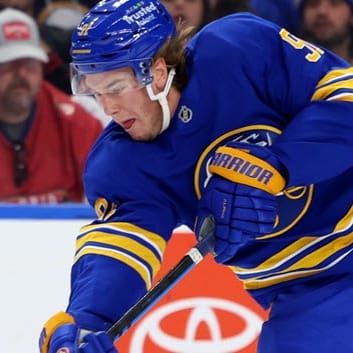While the current season remains on hiatus, there is no time like the present to start looking ahead to next year. Over the next several weeks, we'll take a look at the cap situation for all 31 NHL clubs, including restricted free agents, unrestricted free agents and even potential buyouts. Then, we'll play a little armchair General Manager by providing our recommendations for how we would approach the upcoming 2020-21 campaign if we were running the club.
In a recent Twitter poll, the  Chicago Blackhawks came in second, so they're up next:
Chicago Blackhawks came in second, so they're up next:
2020-21 Cap Situation
The Hawks currently have 12 forwards, eight defensemen and zero goaltenders under contract for next season at a price tag of $74,146,795. Assuming a flat cap of $81.5 million, this leaves the club with $9,853,205 in salary cap space and three spots on the 23-man roster to fill.
Restricted Free Agents
Drake Caggiula ($1.5 million) Dominik Kubalik ($925,000) Dylan Strome ($863,933) Slater Koekkoek ($925,000) Malcolm Subban ($850,000)
AJ Scholz: At the top, I'm trading Subban and Koekkoek if I can, otherwise I'd let their rights expire without qualifying offers and allow them to test the waters of free agency. Nick Seeler is a cheaper option compared to Koekkoek and Collin Delia is likely the goalie of the future, making these guys expendable. I envision the Pavel Buchnevich deal will serve as a jumping off point for the Kubalik negotiations, so I'd ballpark him as a two-year, $7 million contract that expires with him still as a restricted free agent. Strome racked up less points that Kubalik this year, but he has a 20-goal season under his belt, which likely earns him a larger AAV on a 3-4 year bridge deal. A four-year, $3.75 million AAV contract matches up well with Toronto's Alex Kerfoot. Without a cap increase, the team may have to consider moving Caggiula as well as a cap casualty.
Kyle Riley: Subban is a below-average backup goaltender and Koekkoek is a fringe bottom-pairing defenseman, so there's no way they'll be suiting up for Chicago in 2020-21. As AJ said, if the Blackhawks are unable to move their rights in a trade, they should simply let them enter the market as UFAs. Kubalik currently leads all rookies with 30 goals in 68 games, and although his assist total (16) leaves something to be desired, he's not going anywhere this offseason. It's always a gamble to hand a player without a proven track record of success a long-term deal, but I'd be willing to roll the dice and sign him to a three or four-year contract with an AAV around $3.5 million. Strome has had another solid season for Chicago, notching 12 goals and 38 points in 58 games, and he'll enter the 2020-21 campaign as the Blackhawks' defacto No. 2 center, so he's not going anywhere, either. His ability to play center and wing, along with his slightly longer track record of success, make Strome a bit more valuable than Kubalik, but I'd be looking to sign him to a similar deal, just with a marginally higher AAV between $4 and $4.5 million. Those two deals alone would put Chicago up against the cap, so although he's a feisty, versatile player that can move into the top six when injuries strike, without a cap increase the Blackhawks would have to make some moves in order to be able to afford to re-sign Caggiula.
Unrestricted Free Agents
Corey Crawford ($6 million)
AJ Scholz: It seems likely the team will enter training camp with a goaltending battle, but you don't want to get into a position where you don't have a veteran in the mix. Delia could end up the starter here, and likely will be in the long-run, but bringing Crawford back on a 1-2 year, $3-4 million AAV seems reasonable for both sides, especially given his injury woes.
Kyle Riley: Delia has been solid in the AHL this year, but he's only logged 18 career NHL appearances and will need at least one year as the Blackhawks' clear-cut backup before stepping into the starting role, so the team will undoubtedly be looking to add a veteran in free agency. I agree with AJ that, due to his health concerns and age, Crawford should be willing to sign a two-year deal to remain with Chicago, but I'd actually be looking to sign him to the same contract that Jaroslav Halak just penned (two years $2.75 million AAV). Yes, Halak is technically a backup, but he's essentially been splitting starts with Tuukka Rask over the past two seasons and he's been excellent while doing so. He also doesn't come with the health concerns Crawford will carry for the rest of his career.
Minor-League Free Agents *Who appeared in an NHL game in 2019-20
Anton Wedin ($925,000)
AJ Scholz: If you said, 'Who is Anton Wedin?', I was right there with you. He logged four games for the Hawks in early December in which he averaged 9:04 of ice time and registered four PIM, two shots and five hits. He won't be back after signing with HV71 of the Swedish Hockey League. The reason we limited this section to players who logged an NHL game in 2019-20 is because we generally assume those guys will sign their qualifying offers. One guy who could receive slightly more than that is Ian McCoshen, but he figures to remain a fringe NHL roster guy at best.
Kyle Riley: After an impressive season in the SHL, the Blackhawks rolled the dice on Wedin last summer, signing him to a one-year deal, but he never panned out, going scoreless in four appearances with the big club. He won't be missed in 2020-21.
Final Thoughts
AJ Scholz: My priority this offseason would be to unload Brent Seabrook and his outrageous $6.875 million cap hit. Chicago has two third-round picks in 2020, so that would be the basis of my trade offers. I would also see if I could lump Drake Caggiula's rights into a trade deal as well if you think Colin Delia is a better option as the No. 1/2 goalie option. A third-round selection and a solid prospect with NHL experience might be enough to convince somebody to take Seabrook. Barring a deal here, it might be worth considering a buyout for Calvin de Haan. It would save you approximately $2.5 million this year and $3.8 million in 2021-22, which seems a fair trade off for a $1.6 million cost the two years after that. To make all the above numbers work, including the aforementioned De Haan buyout, Chicago would have to consider carrying just 22 players on the Opening Night roster.
Kyle Riley: Although unloading Seabrook's albatross contract would be a dream scenario for the Blackhawks, I simply don't see it happening. It'd take massive draft capital to move his deal to a cellar-dwelling team, and the Blackhawks are currently in a retool rather than a win-now mode. Seabrook also underwent a laundry list of operations in December to address injuries that have been plaguing him for years, so Chicago will just have to hope that he'll come back rejuvenated in 2020-21. I don't think the Blackhawks will need to buyout de Haan, as he's a rock-solid, top-four defenseman when healthy, but I could definitely see a scenario in which they trade him for draft picks to free up cap space to re-sign the likes of Caggiula and Crawford. Ian Mitchell will almost certainly be with the big club from the get-go in 2020-21, and Nicolas Beaudin should be making the jump soon, so Chicago's blue line is starting to get crowded. Trading de Haan would make all sorts of sense for the Blackhawks this summer.








